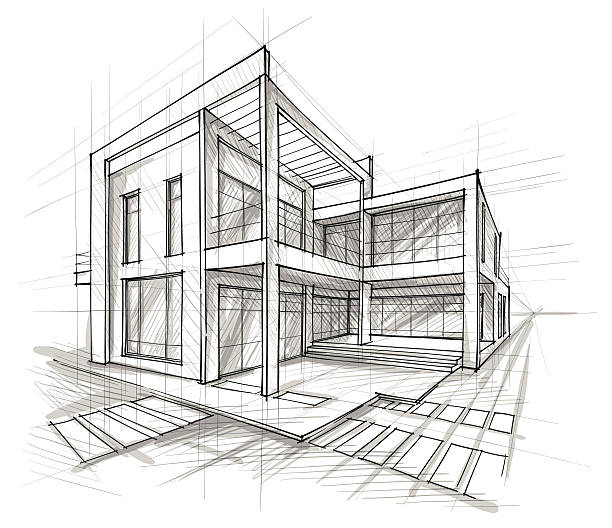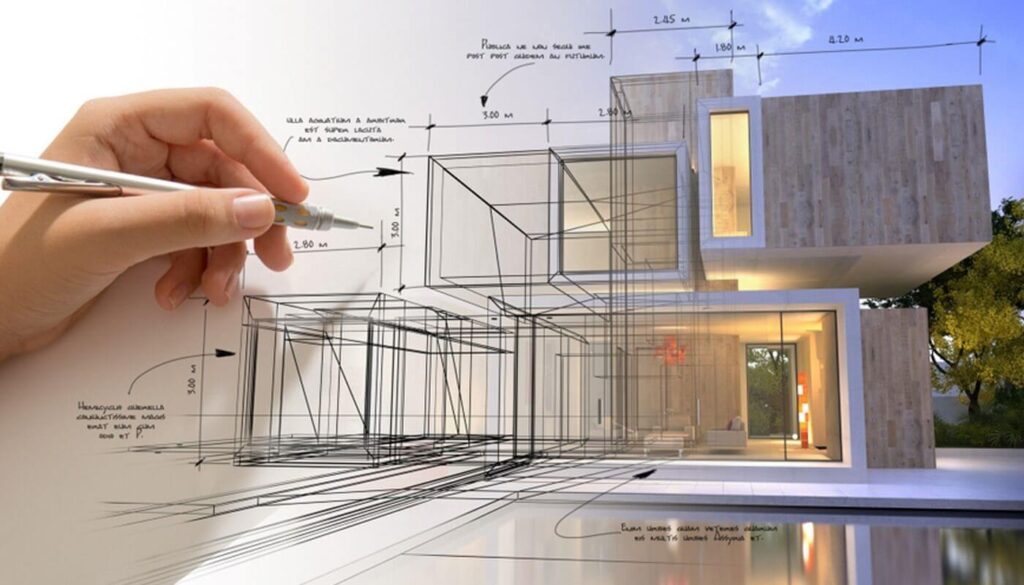Discover Acclaimed Projects by Prominent CDA Architects
Discover Acclaimed Projects by Prominent CDA Architects
Blog Article
A Comprehensive Review of Building Designs and Their Impact on Modern City Planning and Growth
Building designs have long offered as a mirror to the societal values and technological innovations of their time, playing a vital function in forming contemporary city preparation and growth. From the magnificence of Neoclassicism to the practical approach of Brutalism, each design has actually introduced one-of-a-kind ideas that influence metropolitan aesthetic appeals and functionality.
Historic Introduction of Architectural Styles

As cultures transitioned through the Center Ages, Gothic design emerged, identified by its verticality and detailed outlining, matching the spiritual aspirations of the period. The Renaissance noted a resurgence of classic ideals, merging art and design in innovative manner ins which affected succeeding designs throughout Europe.

Today, building designs continue to evolve, driven by globalization and sustainability issues, reflecting a dynamic interplay in between heritage and advancement. This historic overview emphasizes the importance of style as a mirror of societal evolution and as a driver for city growth.
Secret Architectural Styles Explained
The diversity of building styles mirrors the myriad impacts that form our developed setting, each symbolizing distinctive characteristics and cultural importances. Secret architectural styles consist of Classic, Gothic, Baroque, Innovation, and Postmodernism, each representing unique historic contexts and visual viewpoints.
Timeless style, rooted in ancient Greece and Rome, emphasizes balance, percentage, and making use of columns (cda architects). In contrast, Gothic style, growing in the center Ages, is identified by sharp arcs, ribbed vaults, and flying buttresses, producing an ethereal quality in cathedrals. Baroque style, arising in the 17th century, is marked by magnificence, sophisticated embellishment, and a dynamic interaction of light and shadow
Innovation, which acquired momentum in the very early 20th century, prioritizes function over type, making use of brand-new materials like steel and glass to produce minimal structures. Postmodernism, responding against the austerity of Modernism, accepts eclecticism and historic reference, usually including lively components and paradox.

Influence On Urban Planning
In shaping the development of cities, building designs substantially influence city planning decisions. The choice of building style commonly determines the aesthetic appeals, capability, and total personality of metropolitan atmospheres.
Moreover, building styles can influence zoning regulations and land make use of plans. Urban coordinators must think about the dominating architectural trends when YOURURL.com designing areas, guaranteeing that brand-new developments integrate with existing frameworks. This consideration promotes natural metropolitan landscapes and improves community identification.
The implementation of specific architectural designs can also influence socioeconomic variables within a city. For instance, high-end contemporary styles may draw in affluent locals and businesses, leading to gentrification, while a lot more budget-friendly real estate remedies may focus on useful and lasting styles to fit diverse populaces. Eventually, the interaction between architectural designs and city preparation creates dynamic cities that reflect both historical context and contemporary demands, forming the lived experiences of their occupants
Sustainability and Modern Architecture
Architectural designs play an essential function in attending to modern obstacles, especially in the world of sustainability. As metropolitan areas increase and environmental problems increase, modern-day style progressively welcomes sustainable design principles that focus on power effectiveness, source preservation, and marginal ecological impact.
Contemporary architectural movements, such as biophilic style and eco-friendly architecture, advocate for frameworks that harmonize with their environments, using all-natural materials and promoting biodiversity. These designs frequently include eco-friendly power resources, such as photovoltaic panels and wind turbines, to read what he said reduce reliance on nonrenewable fuel sources and reduced carbon impacts.
Furthermore, the combination of advanced modern technologies, such as clever structure systems, boosts energy monitoring, optimizing resource use while ensuring passenger comfort. Innovative water administration techniques, including rain harvesting and greywater recycling, more contribute to lasting metropolitan settings.
Significantly, sustainability prolongs beyond environmental problems; it includes social and economic measurements as well. By fostering neighborhood well-being and promoting inclusivity, modern architectural designs line up with lasting growth objectives. The evolution of building methods continues to form resilient cities that not just meet the demands of the existing yet additionally guard the future for generations to come.
Area Engagement in Style
Community engagement in design serves as a critical bridge between engineers and the populaces they serve, making sure that the constructed setting shows the demands and goals of its individuals. This collective process invites area participants to add their understandings and preferences, fostering a feeling of possession and responsibility toward the spaces they populate.
Effective area engagement uses different techniques, such as workshops, surveys, and public online forums, to gather diverse viewpoints. These techniques assist in a two-way discussion, enabling engineers to recognize regional contexts while equipping residents to voice their problems and desires. This inclusivity not only boosts the design high quality yet additionally advertises social equity by resolving the special challenges dealt with by marginalized teams.
Furthermore, area involvement can bring about innovative options that could not emerge in a typical layout procedure. By integrating neighborhood expertise and cultural worths, designers can create see this here rooms that reverberate more deeply with users, enhancing functionality and sustainability. Ultimately, focusing on neighborhood interaction in layout processes results in settings that nurture social communications, assistance wellness, and strengthen community connections, thereby playing an essential role fit modern city landscapes.
Final Thought
Architectural designs have actually greatly influenced modern-day city preparation and growth, showing evolving social and technical contexts. The assimilation of historic visual appeals with modern requirements cultivates city environments that prioritize sustainability and neighborhood involvement. As cities remain to expand and adapt, the continuous dialogue in between architectural heritage and modern-day layout principles will certainly continue to be crucial in developing comprehensive, dynamic areas that improve lifestyle and promote social equity. The future of urban growth hinges on this harmonious balance.
Report this page